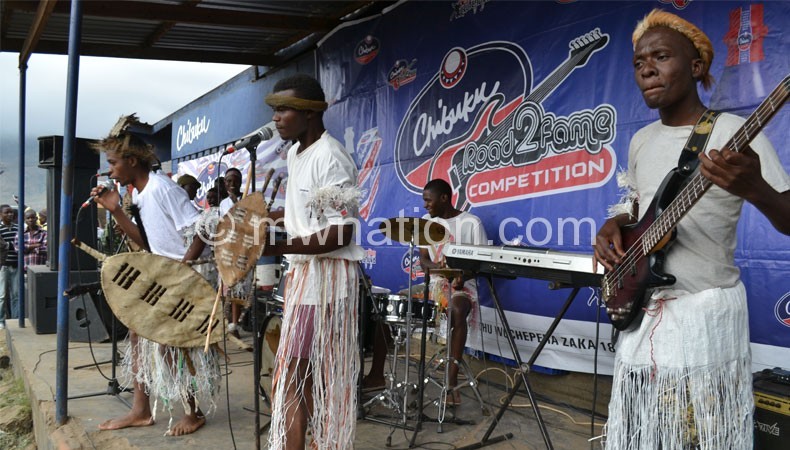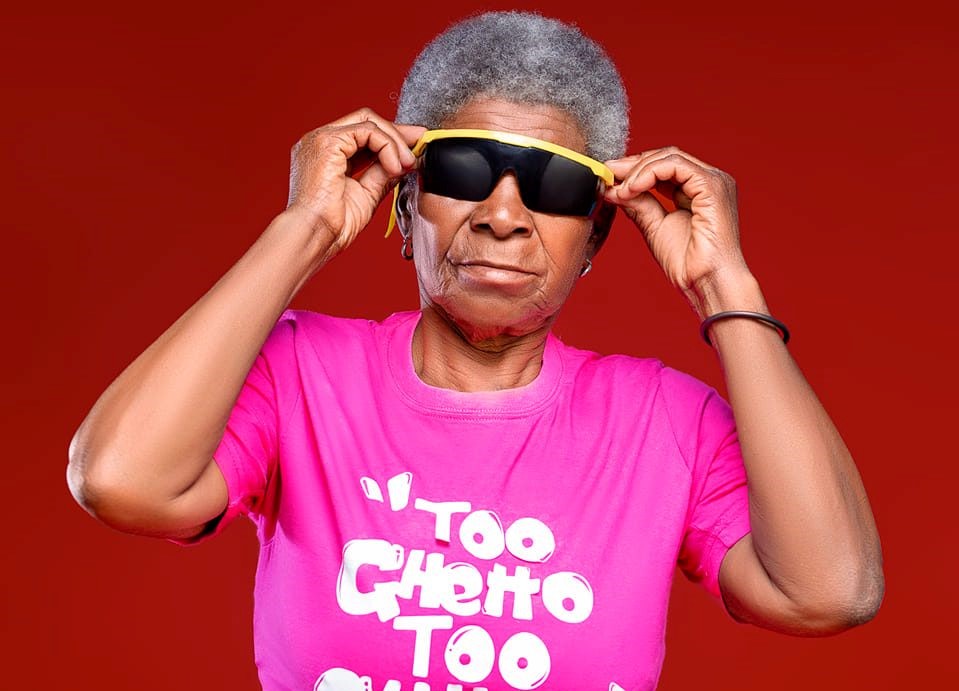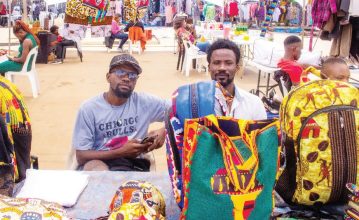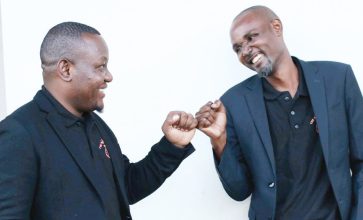Where art Malawian dance?

You are in a club and you see a man dancing at the corner. There seems to be a spectacular display within the smoke, burbles and the lighting of the dance floor. The man moves his leg sideways with the other pivoted as he makes gestures with his hands and moves his body rhythmically—you know it is the Azonto dance. Every time a Nigerian song is played you know the routine.
Next on the playlist is a song by Awilo Longomba and in the middle of the dance floor, you see a girl wriggling her waist while making dance moves. And that is the way to dance to a Kwasakwasa beat.
Then the DJ plays Chris Brown’s Transform you and someone is dancing like a robot to the drum-bass clad beat. He behaves like a piece of mechanics or a reincarnation of the first version of Robocop. You know that is break dance.
There is some kind of uniformity when it comes to dancing foreign songs. Each song is carried by its own type of dance.
When a Malawian song is played, it is most likely to find everyone dancing the way they want. On local televisions one would find dancers locked in a Pantsula-Kwaito dance on a local track (Balaka beat track). But who would blame them?
Malawian music appears to lack originality, so does its dance. However, the country has numerous traditional dances such as Beni, Manganje, Gule wamkulu and Chioda. What is the problem with Malawian performers that they cannot invent their own dance like Ghana did with Azonto or South Africa did with Kwaito or like the Hip-hop and Pop Culture did with Break dance?
Malawian rapper Fredokiss (real name Penjani Fredo Kalua) argues that Malawian artists do not take time to harmonise different facets of Malawian culture—from music to dance—in the modern context.
“As a country, we do not market ourselves and our culture. We value foreign things at the expense of our culture. That’s one of the reasons you even find Malawians trying to master the Nigerian accent,”says Fredokiss.
The Ndikatseka Maso hit-maker said urban musicians have tried to include Malawian culture in their songs but not on dance.
“The aim was to have some of our cultural elements present in urban music. On dance, we haven’t done a lot. Some have tried but it did not have a huge impact,” he says.
The rapper argues that artists need to start exploring ways of doing it and pleads for support from within
“Music and dance need to be viewed as serious elements that can attract serious and creative participants who, in the long run, will make a difference,” said Fredokiss.
Long time music promoter Jai Banda says artists lack dedication to create dance routines that can mirror Malawian culture.
“Most artists do not rehearse hard enough. I believe the dedication and effort to achieve that is simply lacking,” says Banda.
He hits at music fans for not supporting those who try to improve the dancing aspect, citing Ben Mankhamba as someone who tried to incorporate traditional dance in his music routine.
“You try and find out Malawian audience does not support you and in the end umangogwa ulesi [you are discouraged],” says Banda.
Lecturer in the Department of Fine and Performing Arts at Chancellor College Smith Likongwe, says it is possible to create a unique form of dance from traditional dances but the problem is that Malawians are afraid of experimenting and want to remain in the comfort zone of what they already know.
“The National Dance Troupe tried fusing cultural dances with modern dance back in the days but the problem remains in promoting the creations that are made. This can be done through DVDs to fuse the same dance in popular music,” says Likongwe.
He adds that Malawians need to start exporting music and dance to other countries en masse without compromising the quality.
Director of culture in the Department of Culture Bernard Kwilimbe says there is nothing wrong with Malawian music not having one distinct style of dance as he claimed that the country’s music and dance is at the crossroads due to multicultural setting of Malawi.
“Even if modern dance is done by a Malawian, there will always be a Malawian element in it. For example, Mbwiza was created by people who went to South Africa. This is evident in the use of the accordion, the gong and orchestra side drum. The couple’s dance is even borrowed but we have embraced that as our own,” he said.
Kwilimbe said local music always has an element which is Malawian, citing Mbenjere as an example who he said has a South African touch but with Central Region Mganda and Lucius Banda who has a reggae baseline and guitars in his songs with an element of Ngoni’s Mzizima in the song while the appropriate dance is Sikiri.





